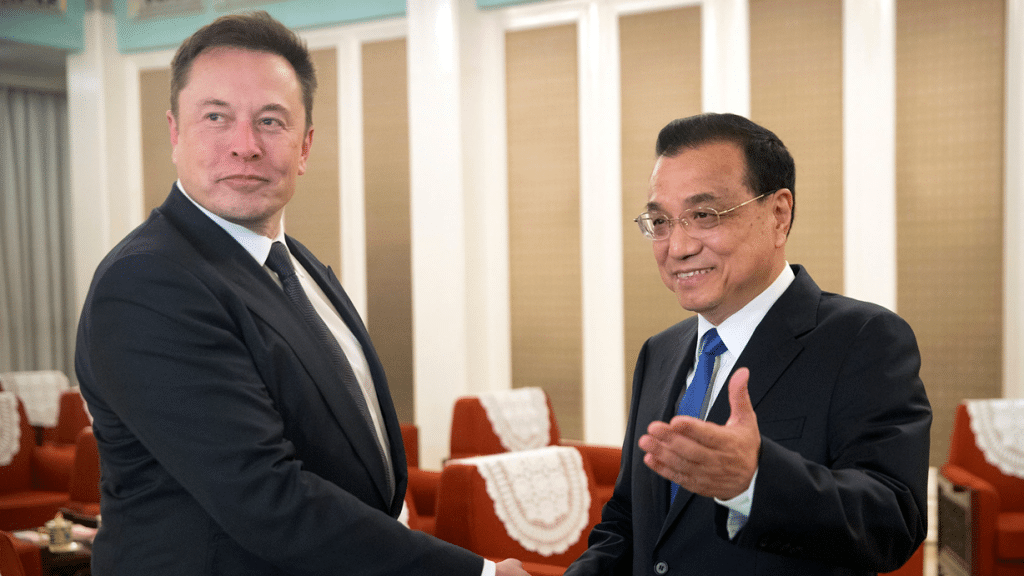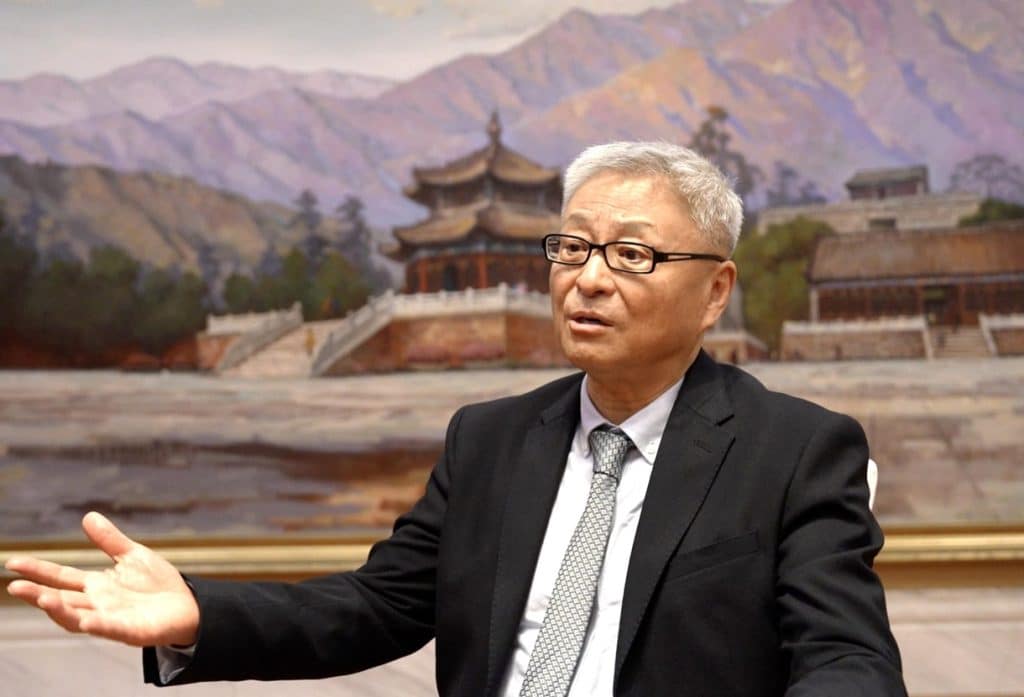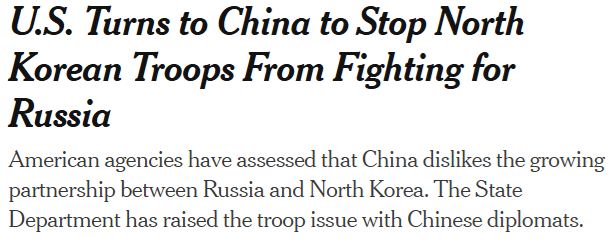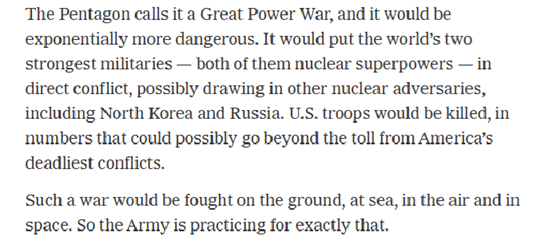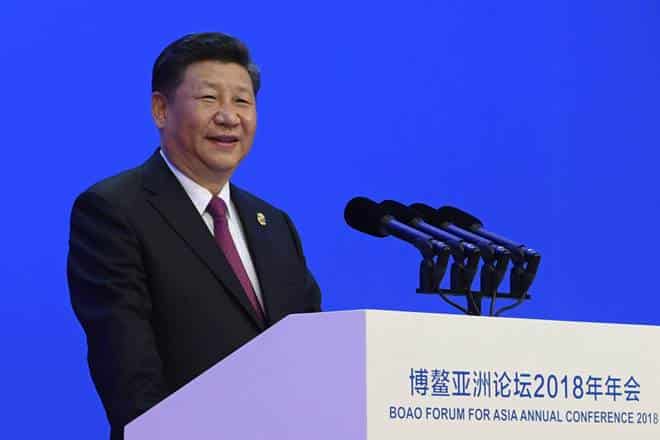Experts Discuss New Research on China’s Economy at IMF-ATL Fed Workshop
作者:Gretchen Trupp and Ruka Wang 来源:US-China Perception Monitor
MAJOR TAKEAWAYS FROM THE 2ND IMF-ATLANTA FED RESEARCH WORKSHOP
A collaborative effort between the Atlanta Federal Reserve Bank (FRB) and the International Monetary Fund (IMF), the 2nd Research Workshop on China’s Economy, was held in Atlanta last week from May 18th–19th. The Carter Center’s China Program had the opportunity to attend the research workshop and to benefit from the new insights that were shared by the presenters.
This two-day, invitation-only conference brought together academics, FRB and IMF economists, and other experts to discuss eleven new research papers about China’s economy. The conference followed a familiar research workshop format, with discussion interspersed throughout the schedule. Researchers were given opportunities to present their papers to an audience. (The names of conference presenters will be italicized in this article.) After each presentation, a discussant would share feedback and suggestions for improving and expanding the research project. At the end of each session, the floor would be opened for general comments from all of the attendees facilitated by a moderator. These papers were in various stages of completion, from preliminary products to already published papers. The presentation topics ranged from the economic consequences of pre-Reform Era politics to the structural and institutional economic challenges that China faces today, and the new research findings and analytics were all connected to highly relevant issues of policy importance. While many attendees spoke Mandarin, most of the presentations were given entirely in English, except for some specific vocabulary. Since some of these papers are still in intermediate stages of publishing, we cannot link directly to any presentations or provide more than a general summary.
Presentations such as “The Economy of the People’s Republic of China from 1953” focused on modeling historical economic phenomena for which the presenter and fellow researchers had acquired data. Mikhail Golosov, Sergei Guriev, Aleh Tsyvinski, and Anton Cheremukhin (FRB Dallas) consolidated this timespan down to the period of 1953-1978 and broke this further down into sections of right and left policy. The researchers then analyzed agricultural and manufacturing sectors to observe how different factors such as total-factor productivity (TFP) and gross domestic product (GDP) were affected by the cycle of these political periods.
In “RMB Reform,” Urban Jermann (University of Pennsylvania and NBER), Bin Wei (Atlanta Fed), and Vivian Yue (Emory University, Atlanta Fed, and NBER) explain the mechanisms of China’s opaque exchange rate policy. Naming China’s new exchange rate policy the “Two-Pillar Policy,” the researchers find that official rates follow a model that is responsive to current market conditions and global exchange rates.
In “Chinese Saving Rate: Analytics and Prospects,” Longmei Zhang (IMF) investigates the drivers of China’s very high saving rate, which is linked to reduced consumption and lower economic welfare. Zhang finds that China’s demographic factors and economic reforms have contributed to the high household saving rate. The high fiscal saving rate corresponds to low government spending. Finding that the current literature did not account for the economic differences in Fujian and Zhejiang from 1959-1998, researchers Linke Hou, Mingxing Liu, Colin L. Xu, Pengfei Zhang, and Hanming Fan (University of Pennsylvania) set out to map and explain these differences. “Political Factions, Local Accountability and Economic Performance: Evidence from Chinese Provinces” modeled the growth of these provinces from 1959-1961 (Great Famine) and the more economically prosperous times of 1978-1998. The researchers analyzed whether factors such as political factions and local accountability had a measurable and significant effect on how much each province suffered from the famine and how much they grew economically post-famine.
In “The Speculation Channel and The Crowding Out Channel: Real Estate Shocks and Corporate Investment in China,” Ting Chen (Princeton University and CUHK Shenzhen), Laura Liu (Peking University), Wei Xiong (Princeton University and NBER), and Li-An Zhou (Peking University) investigate the empirical support for three theoretical channels through which real estate shocks can affect firm investment decisions. The channels are that (1) real estate booms induce firms to borrow more, that (2) real estate booms encourage firms to speculate by buying land, and that (3) real estate booms crowd out firms that do not have land collateral. While the first channel leads to positive results, the second and third channels are examples of inefficient firm behavior.
“The Effect of Improved VAT Enforcement on State Capacity and Firm Behavior in China” examined the correlation between value-added tax revenues (VAT) and advances in technology as well as the long-term and short-term economic gains of this correlation. Haichao Fan (Fudan University), Yu Liu (Fudan), Jaya Wen (Yale University), and Nancy Qian (Northwestern University) are currently in the preliminary stages of this research and hope to extend the data to account for changes up to 2013.
In “From imitation to innovation: Where is all that Chinese R&D going?”, Michael König (University of Zurich), Zheng Song (Chinese University of Hong Kong), Kjetil Storesletten (University of Oslo), and Fabrizio Silibotti (University of Zurich) study the extent to which high research and development (R&D) investment in China translates into productivity growth. By distinguishing between Chinese firms’ different types of R&D expenditure, they are able to account for the patterns in China’s firm-level productivity and R&D data.
Some of the main organizers for this conference also gave a presentation of their own. Hui He (IMF Institute for Capacity Development), Jing Fang, and Nan Li (IMF Research Department) looked at driving forces behind total-factor productivity (TFP) growth by examining the patent and firm production boom in “China’s Rising IQ (Innovation Quotient) and Growth: Firm-level Evidence”. While they found some statistically significant results about the firm innovation and patent data, these researchers may also look at potential reasons for the boom in the first place as well as drawing comparisons with other countries.
In “From “Made in China” to “Innovated in China”: Necessity, Prospect, and Challenges,” Shang-Jin Wei (Columbia University), Zhuan Xie (State Administration of Foreign Exchange of China), and Xiaobo Zhang (Peking University) examine the current state of China’s economic growth. The authors discuss China’s high investment in R&D, China’s large number of patent applications as a sign of innovation, and resource misallocation in the form of subsidies to state-owned enterprises. While China’s growth is slowing as a result of structural political and economic factors, China seems to be able to achieve sustained innovation.
“The Financing of Local Government in China: Stimulus Loan Wanes and Shadow Banking Waxes” by Zhuo Chen, Chun Liu, and Zhiguo He (Peking University) attempted to create a mechanism for putting together aspects of China’s financial market, which has a very different structure from other countries such as the United States. Breaking down the economic structure, the analysis focused on debt, bail-out, loans, shadow banking, and corporate bonds used by municipal governments. Many attendees commended this work, as the data and analysis were incredibly difficult to parse and were time-consuming to model successfully.
The last presentation of the day by Andrew Ang, Hao Zhou, and Jennie Bai (Georgetown University) also focused on some types of government bonds. “The Great Wall of Debt: Real Estate, Corruption, and Chinese Local Government Credit Spreads” was described as one of the few papers discussing a special type of corporate bond used by municipal governments and the local government. This last paper examined corruption, financing costs, and gross domestic product (GDP) and how those interface with corporate bonds used by municipal governments and the bailout process with the local governments.
These research projects demonstrate that there are still many understudied aspects of China’s economy—past and present. The research workshop provided a productive forum for the discussion of many new theories, models, and empirical findings. Many discussants remarked that these papers represented important contributions to the field of not just economics, but also in terms of future policy creation.
THE VIEWS EXPRESSED IN THESE PRESENTATIONS ARE EXCLUSIVELY THOSE OF THE RESEARCHERS AND DO NOT REFLECT THOSE OF THE CARTER CENTER, THE INTERNATIONAL MONETARY FUND, THE FEDERAL RESERVE, OR THEIR RESPECTIVE COLLEGES AND UNIVERSITIES.
FEATURED IMAGE CREDIT: (FEDERAL RESERVE BANK OF ATLANTA) By GRETCHEN TRUPP and RUKA WANG MAY. 26, 2017
Gretchen Trupp and Ruka Wang are Summer 2017 interns at The Carter Center China Program.
来源时间:2018/4/3 发布时间:2017/5/26
旧文章ID:15655


